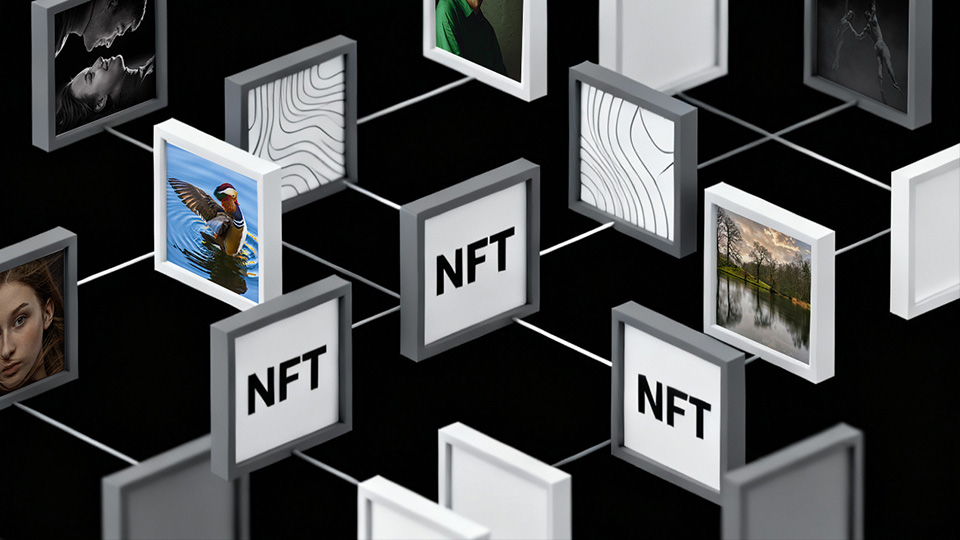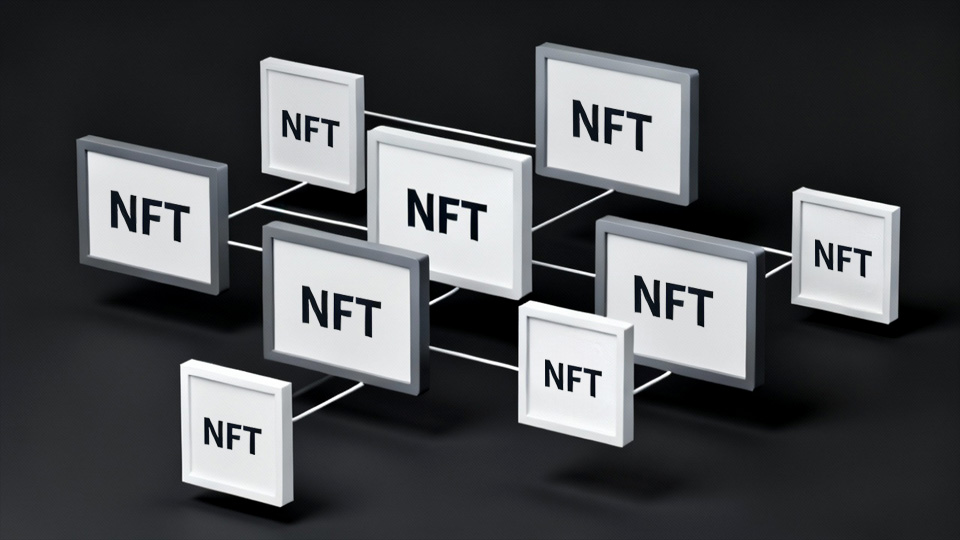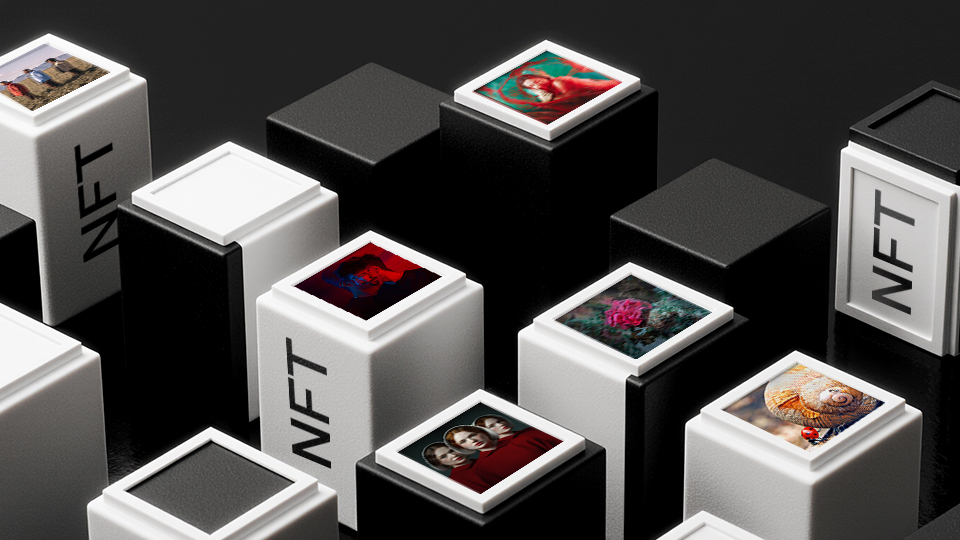Dynamic NFTs and the Rise of Composable Media
Technology is changing how we think about art, ownership, and interaction. The once-static world of digital collectibles is evolving, giving creators and audiences a new sense of connection. At the center of this evolution lies a fascinating idea: media that can change, grow, and adapt over time. These living digital assets are pushing creative boundaries and challenging traditional views of what it means to “own” something online.
The Shift from Static to Living Digital Assets
When NFTs (non-fungible tokens) first gained attention, they were celebrated as a way to certify ownership of digital art and collectibles. But their content was fixed, what you bought was what you got, forever. While that immutability was part of their appeal, it also limited what artists and developers could do.
Over time, innovators began asking: what if digital assets could evolve? What if they could respond to time, events, or interactions? This question gave rise to a new form of NFT that goes beyond a static image or file. These tokens are designed to adapt, reflecting external data, user input, or creative collaboration.
Understanding Dynamic NFTs
Dynamic NFTs are blockchain-based assets that can change based on external factors. Unlike traditional NFTs, whose metadata is permanent, dynamic NFTs are connected to smart contracts that can update their attributes. These updates can reflect real-world data, such as stock prices, weather, in-game performance, or community decisions.
Imagine a digital artwork that changes color as the seasons shift, or a collectible card that evolves as a player’s performance improves in a virtual game. The NFT doesn’t lose its authenticity or traceability, it simply gains a new layer of interactivity and meaning.
Dynamic NFTs are not only about art; they’re being explored in gaming, virtual fashion, music, and even decentralized storytelling. A song NFT might remix itself depending on listener engagement. A fashion item could evolve with trends or environmental conditions in the metaverse. This flexibility brings new life to digital ownership, transforming the NFT into a living piece of media.
The Idea of Composable Media
At the same time, another concept has been gaining momentum: composable media. In simple terms, composable media refers to digital content that can be mixed, modified, or built upon by others without losing its link to the original creator. It’s a new way of thinking about creative collaboration, where media becomes modular and interconnected.
Composable media challenges the idea of a finished product. Instead, it treats creative work as something fluid, a foundation for others to extend, remix, or reinterpret. Artists can publish works that others can legally and technically build upon, creating layered, evolving space of creativity.
In this new framework, a single digital artwork might branch into dozens of variations, each traceable on-chain, each crediting the original artist. This introduces a new form of collective authorship, where every contributor’s role is recorded and recognized transparently.
Where the Two Ideas Meet
The intersection of dynamic NFTs and composable media represents one of the most promising directions for digital creativity. When you combine adaptability with composability, you get a medium that is both alive and collaborative.
A dynamic NFT could serve as a base layer: a living artwork whose state changes with inputs from multiple contributors. Others might add music, visual effects, or narrative elements that respond to data in real time. The blockchain ensures that every edit, remix, and update is tracked, preserving both authenticity and credit.
Projects are already experimenting with this concept. Musicians are releasing tokenized albums where fans can influence track arrangements. Visual artists are launching collections that evolve through community votes. Writers are building shared story worlds where characters grow and change based on collective decisions.
This new model blurs the line between creator and audience. Ownership no longer means passive possession, it means participation. Collectors become co-creators, and media becomes a living, evolving collaboration.
The Broader Impact on Culture and Creativity
The rise of composable media and dynamic NFTs reflects a larger cultural shift toward openness and shared creativity. The old model of digital ownership was about scarcity, a single image sold to one buyer. The new model is about connection and evolution, assets that change, grow, and invite contribution.
As more artists, developers, and communities embrace this mindset, digital creativity may become less about preserving a moment in time and more about nurturing an ongoing process. The result is a creative space that mirrors life itself: fluid, interconnected, and always in motion.




